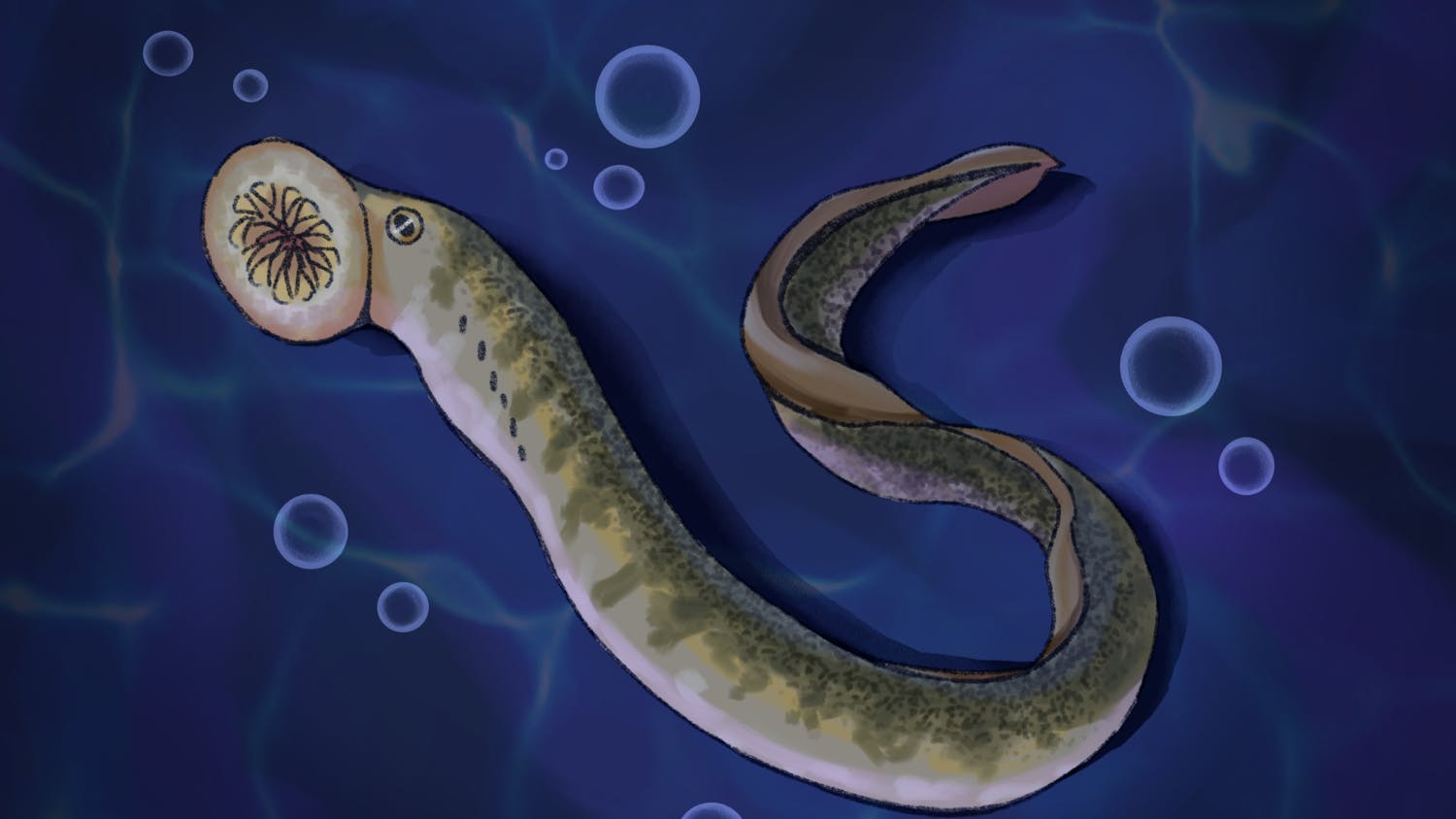Lone star ticks, southern pests whose bites can cause a severe meat allergy called alpha-gal syndrome, are listed in a new CDC report as an ‘established population’ in Dane County.
With the latest increase in global temperatures, tick diseases have been on the rise, even in nontraditional hotspots like Madison. Recently, the lone star tick, found primarily in the southeastern U.S., has seen increased populations northward. Dane County is now considered a county with an established population of lone star ticks, and the ticks are likely present in all other southern Wisconsin counties, according to the latest CDC tick population report.
The lone star tick is a very aggressive biting tick, needing two years to complete its life cycle. Once hatched from an egg, lone star larvae find their first host to blood feed, leaving their host after a few days to become nymphs. Then, as nymphs, they find another host to feed on. When lone star nymphs become adults, they find their third and last blood host and either lay eggs, repeating the life cycle, or die.
Larvae and nymphs are at the most detrimental part of the cycle, where diseases can be transmitted to them through the blood of their host. These diseases, including alpha-gal syndrome, are passed on to new hosts.
Xia Lee, a public health entomologist for the Wisconsin Department of Health Services, told The Daily Cardinal nymphs are most active in Wisconsin during June and July.
“[Nymphs] are likely responsible for the majority of cases of tick-borne diseases during that time period, as they are smaller than adult ticks and thus harder to detect,” Lee said. “We observe a dip in cases of tick-borne diseases in August because the adult and nymphal life stages, which are responsible for spreading illness, are less active.”
Lone star ticks are known for the adult females resembling a white colored dot on their bodies, hence the name ‘lone star’. Their primary host, white-tailed deer, have had a rising population since the 1940s due to conservation efforts, which in turn has increased the tick’s population.
But lone star ticks pose a threat to humans too. The saliva of lone star ticks can contain a sugar molecule called α-Gal, which is not naturally found in humans. When bitten by a tick, this molecule can enter the bloodstream, increasing the likelihood of the body producing an allergic reaction to certain foods.
In addition to causing a severe red meat and dairy allergy to humans, medical products and medications containing gelatin or other animal by-products, and even the seaweed-based additive carrageenan, which is a thickener found in milk, yogurt or certain meat products, can cause severe allergic reactions in individuals with alpha-gal syndrome.
Other ticks can also cause alpha-gal syndrome, such as Blacklegged ticks in the U.S., Cayenne ticks in Central America and Asian longhorn ticks in Asia, but more than 90% of cases have occurred from the lone star tick.
Symptoms of alpha-gal are similar to those experiencing an allergic reaction, such as hives and itchy skin or, in severe cases, anaphylaxis. Healthcare professionals can conduct allergy testing such as skin pricks or blood tests to look for immunoglobulin-E antibodies, the proteins that create the alpha-gal reaction. Treatment can include taking antihistamines and avoiding the allergen.
Lee explained that outdoorsy types are more likely to be bitten by ticks.
“Hunters, hikers, campers, and forestry workers are among the high-risk people,” Lee said.
Certain groups of people, such as older adults and people with weak immune systems, are also at higher risk of developing severe disease from tick bites.
With the lone star tick on the rise, it’s especially important to stay safe. Wearing long pants, shirts, and close-toed shoes when outside, and avoiding going off trails in woods provides the best protection. Wearing insect repellent that contains DEET or permethrin helps hikers avoid bites. Performing tick checks on people and pets after being outdoors, and removing ticks as quickly as possible, is also important for avoiding tick diseases.
“Pesticides applied by a certified pest control operator can be highly effective at reducing tick numbers in the environment,” Lee said.
Lee also explained that keeping up with yard work can help deter ticks.
“Landscape modifications to create tick-safe zones can reduce the amount of favorable habitat for ticks, [such as] raking and removing leaf piles in the fall,” Lee said.






